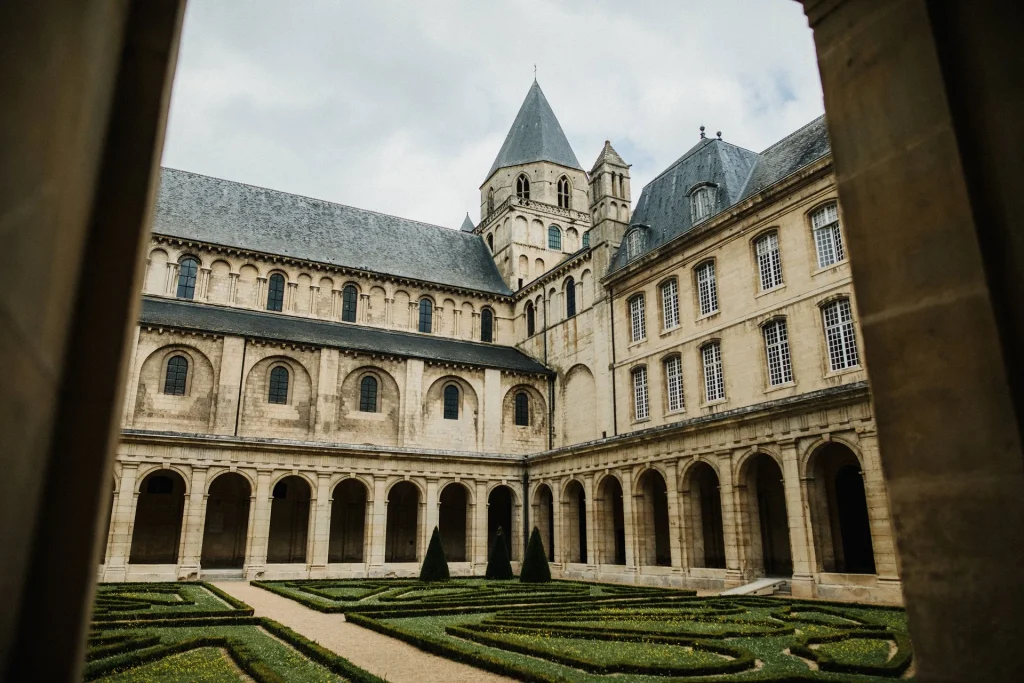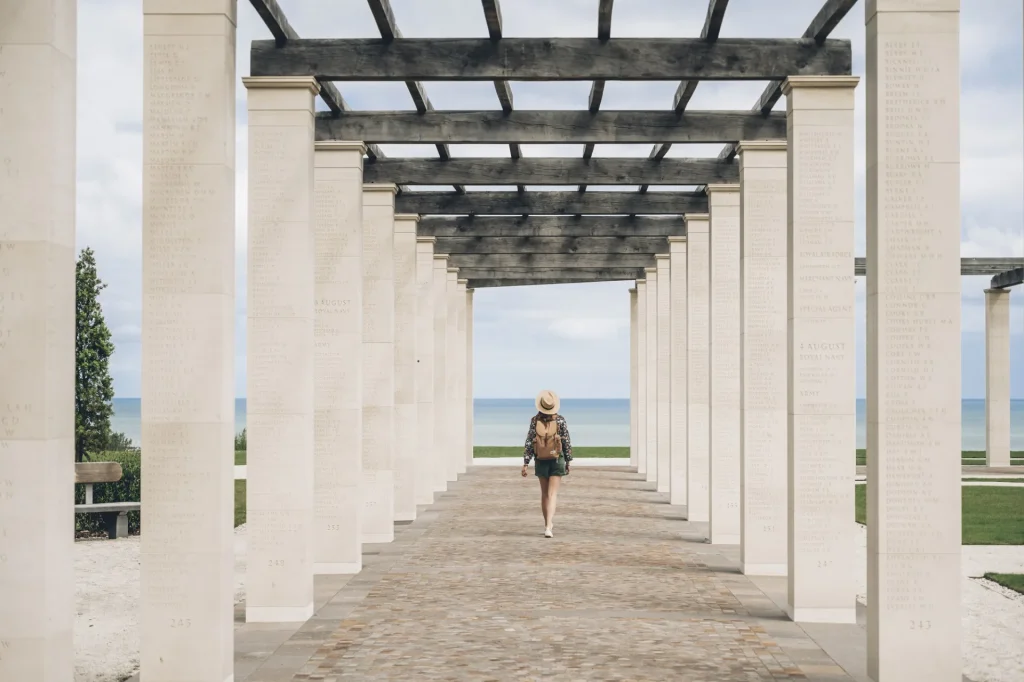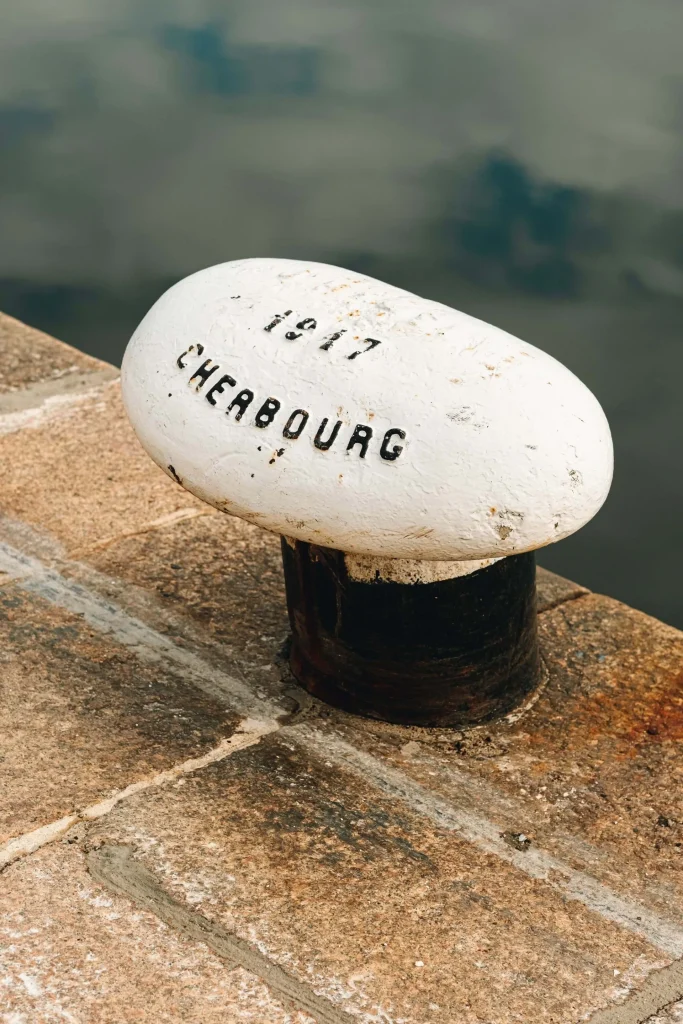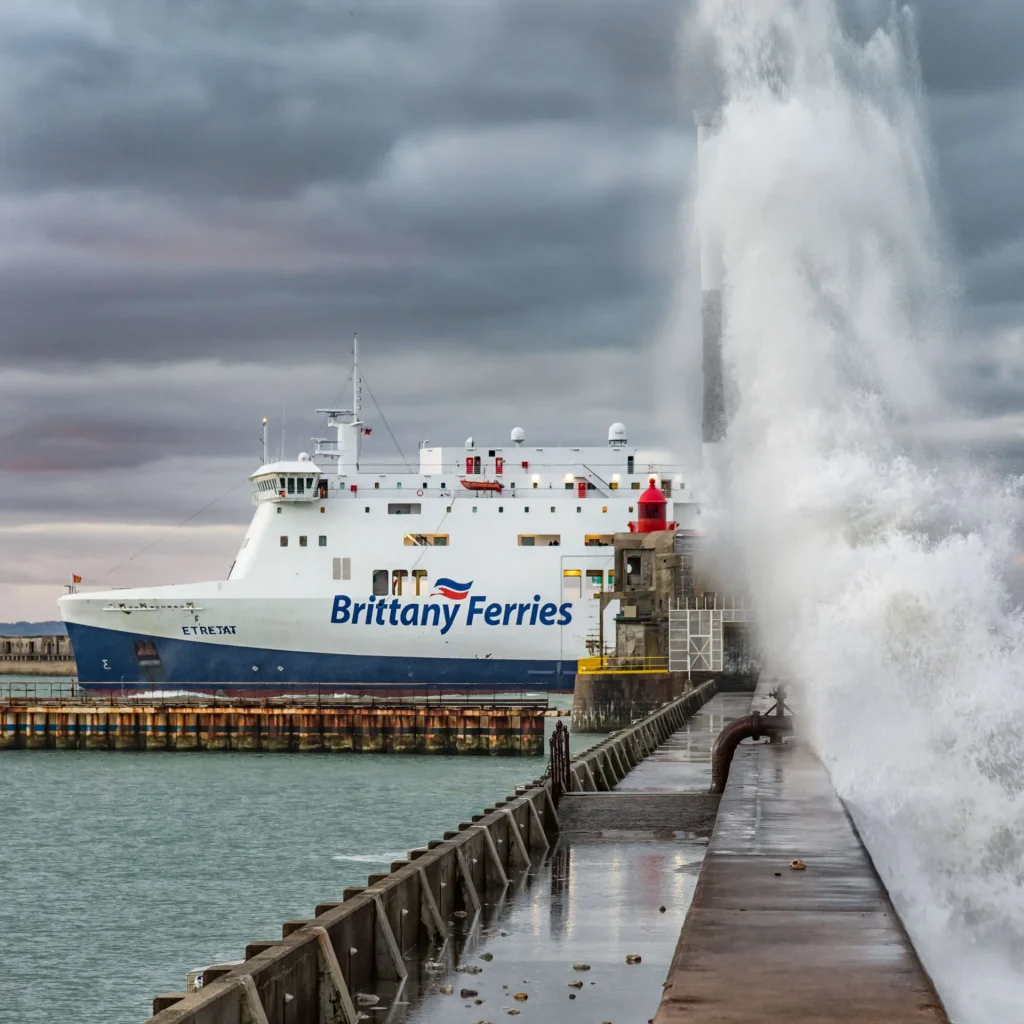Normandy is nature and history’s gateway to Europe: over the centuries, it has forged important links with its Anglo-Saxon neighbours, the United Kingdom and Ireland. With their shared history and geography, both past and present, Normandy is committed to preserving this special relationship (despite Brexit!).
A shared history
Brexit may now be officially “done”, but this doesn’t change Normandy’s strong ties with the UK and Ireland;
since 1066 and William the Conqueror’s conquest of England, Normandy has shaped the British Isles’ churches, monuments, Domesday Book, names and language.
One key example is the famous Caen stone, brought across the channel to build some of England’s most famous religious buildings and monuments, including Canterbury Cathedral and the Tower of London. In Ireland, Norman influences can be found in motte-and-bailey castles and in surnames, such as those starting with Fitz.

The legacy of William the Conqueror in the United Kingdom and of Strongbow in Ireland
The well-known YouTuber Nota Bene tells the story of this legacy in a video for the Normandy Ambassadors’ Evening in 2023.
Allies on D-Day and at the Battle of Normandy

A few hundred years later, this relationship was further strengthened during the Allied landings.
Today, our links are represented in the British memorial in Ver-sur-Mer (Calvados), as well as the contribution made by the Irish Red Cross in Saint-Lô in the aftermath of the war to support refugees from Manche.
Rugby: an English legacy in Normandy
France’s first ever rugby club was Norman!
Rugby was first played in France in Le Havre in 1870, brought over by former Oxford and Cambridge students.
The first French sports club, HAC (Le Havre Athletic Club), was founded in 1872.
Linked by the Channel

Ironically, while Brexit has cast a shadow over relations between Normandy and England, it has, conversely, drawn Ireland closer to France, particularly to Normandy, now its nearest neighbour within the European Union.
Freight traffic through French ports, particularly Cherbourg, has tripled in 3 years, rising from 35,000 to 100,000 lorries going between Normandy and Ireland.
This new proximity has also highlighted the historical ties with Ireland, 100 years after William’s invasion, which left as significant marks as in the United Kingdom.
Some ties endure
When the United Kingdom officially left the European Union, the Region chose to send a poignant but tongue-in-cheek message to the British people, reminding them of the historical and cultural links between the two lands.
In 2020, Normandy reaffirmed its ties with its British neighbours by publishing an advertisement in The Times and the Evening Standard; it featured an image that had become synonymous with the Leave campaign.

On this historic day, the people of Normandy wish to send a friendly reminder to the British people of the deep and lasting historical ties that exist between Normandy and the United Kingdom.
Timeless links between Normandy and the British Isles
Today, Normandy is determined to raise its profile on the international stage.
What’s the idea? To remind us all of the historical, economic, scientific, educational and cultural links we have forged with the UK and Ireland.
For example: encouraging our neighbours to visit us by ferry, making the most of the short distance, and cementing Normandy’s reputation as a holiday destination and not just somewhere to pass through.

We are also striving to make Normandy the most English-speaking region in France, by promoting work placements for young Irish and British people in Normandy companies, as well as work placements for young Normans wanting to cross the Channel to perfect their English.
The coming years are set to be exciting from a cultural point of view as well, with the announced 1000-year anniversary, in 2027, of William the Conqueror.
This is the perfect opportunity to highlight the fact that Normandy is a friendly, local destination with a warm welcome for visitors.
News
GANIL, a leading research facility for nuclear physics














